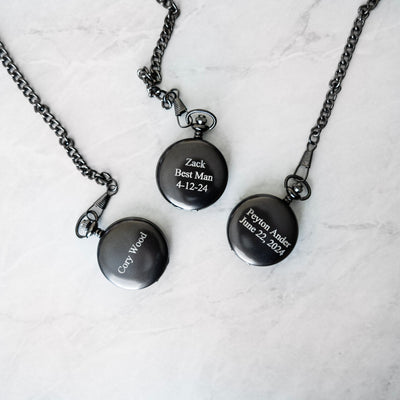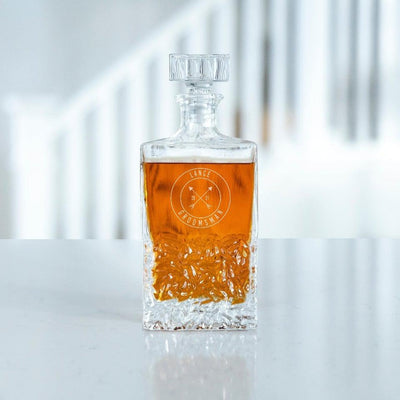The Traditional Order of the Wedding Procession
Weddings in civilization date back thousands of years and have been present in virtually every culture and era, solidifying the place unions between two people hold in the foundation of humanity. Western wedding traditions are largely derived from early Christian customs, in which the groom alongside his trusted groomsmen waits at the end of the aisle for his bride to reach his side.
The Structure of the Wedding Party
Modern western weddings generally consist of a bridal party composed of friends and family of the bride, referred to as bridesmaids, and friends and family of the groom, called groomsmen. Today, these parties are more casual, seen as an honor by those asked to participate, but in the early history of wedding parties, the role of a wedding party was for the bride and groom's protection.
Prior to today's more modern incarnation, early bridesmaids tended to the bride in her preparations the days immediately preceding the wedding and wore matching outfits. In the event someone attempted to harm the bride, they would be unable to identify which woman was the bride and which ones were her handmaidens. The same logic regarding protection from evil, both in the form of spirits and humans, applied to the groom and his ushers, or groomsmen.
The Processional Order

The order of the wedding processional relates directly to the early purposes of the bridal party. The first members in the processional are the groom and his mother, a position of honor that marks the beginning of the ceremony. In some ceremonies, the mother of the bride is also a part of the processional.
After the mothers are seated, the best man and groomsmen traditionally walk one at a time down the aisle, in order to protect the groom from evil spirits. It is common for the groomsmen to walk behind the groom, arm in arm with the bridesmaids. After the groomsmen arrive, they accompany the groom at the altar, standing faithfully by his side. At this time, the officiant may choose to walk down the aisle, although many ceremonies start with the officiant standing at the altar.
Once the groomsmen and bridesmaids are finished with their walk, the maid of honor follows them. Following the historic tradition, the bridesmaids are intended to protect the bride from evil or harm prior to her walk. Once they are at the end of the aisle, the bride may begin to walk, traditionally accompanied by her father, so that he may give her away to her new husband.
While a traditional wedding processional is favored in weddings across the Western world, there is a lot of room for flexibility. Many brides and grooms are willing to consider alternatives and updates to fit their preferences, but at the historical order and practice is still at the center of virtually all weddings, no matter the size, scale, or religious practice.
You know the rules, ready to get your guys groomsmen gifts?






















Leave a comment